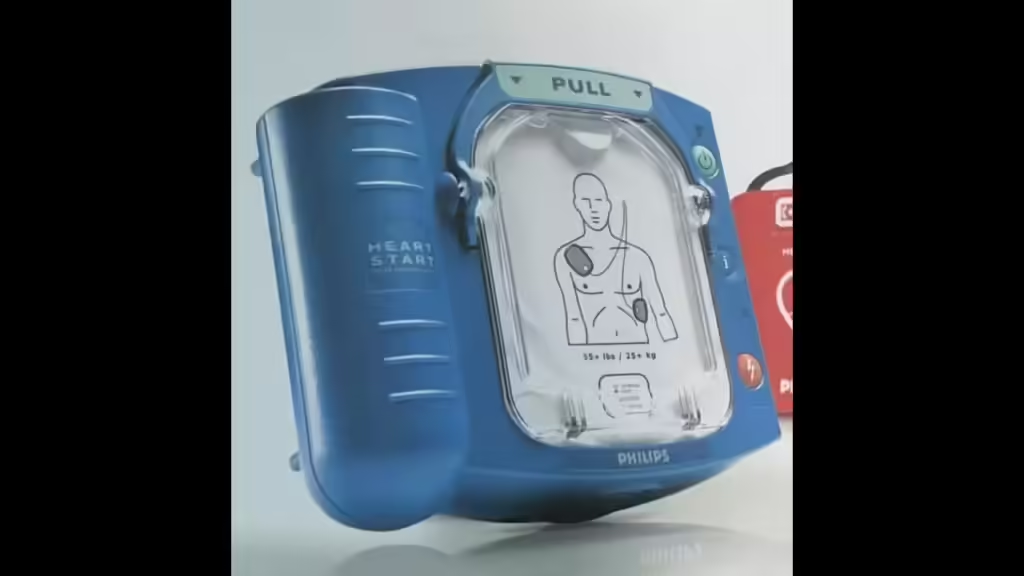In a move that could redefine emergency response at mass religious gatherings in India, the Odisha government has announced the deployment of automated external defibrillators (AEDs) during the upcoming Rath Yatra in Puri. The initiative, the first of its kind for the centuries-old festival, aims to provide life-saving cardiac intervention to devotees in the event of sudden cardiac arrest.
The annual Rath Yatra draws over a million pilgrims to Puri’s Grand Road, often under intense heat and tightly packed conditions. Health officials say the combination of physical exertion, emotional fervor, and high temperatures has historically led to hundreds of medical emergencies—including dozens of cardiac events.
Life-Saving Technology at the Heart of a Pilgrimage
This year, 10 portable AED units will be stationed across the main procession routes and strategic medical camps. Trained personnel from the Odisha Fire Service will operate the machines, which are designed to detect abnormal heart rhythms and deliver an electric shock only if necessary.
“This is the first time an emergency rescue agency in the state has introduced this level of cardiac preparedness,” said a senior fire service official. “The devices are user-friendly, voice-guided, and critical for the golden minutes after a cardiac arrest.”
More than 50 first responders have received hands-on training to use the devices, which are battery-operated and compact, enabling deployment in crowded and mobile environments.
A Broader Emergency Health Ecosystem
The deployment of AEDs complements a wider public health strategy launched by the state government ahead of the Rath Yatra, which begins on June 27. A total of 378 healthcare professionals, 74 ambulances, and 69 first-aid centers will be stationed across the city. Temporary ICUs and mobile medical units have also been set up near the main venue to address heat-related illnesses and other emergencies.
In 2024, over 750 devotees required hospitalization during the Rath Yatra, many due to dehydration, sunstroke, and cardiac complications. Officials hope the AEDs will improve survival rates for sudden cardiac incidents, particularly during peak procession hours when crowd density exceeds manageable levels.
Medical Experts Applaud the Move
Cardiologists and emergency care experts have welcomed the initiative. Dr. S.N. Mohanty, a leading cardiologist in Bhubaneswar, noted that rapid defibrillation within 3 to 5 minutes of cardiac arrest can increase survival rates by up to 70%.
“In many cases, a defibrillator can mean the difference between life and death. The fact that they’re bringing these devices to the front lines of the festival is both progressive and necessary,” Dr. Mohanty said.
A Model for Mass Gatherings?
With India hosting dozens of large-scale religious and cultural events each year, public health advocates are calling for AED deployment to become a standard feature at high-footfall venues.
State officials have indicated that, based on the results of this pilot, the program could be scaled up for future events—including the Kumbh Mela and major sporting tournaments. The government is also exploring the possibility of installing AEDs at railway stations, airports, and other public transport hubs across Odisha.
As preparations continue, the deployment of AEDs at this year’s Rath Yatra signals a shift in how states are preparing for the health risks of mass gatherings—not just with reactive medical care, but with proactive, life-saving technology.


